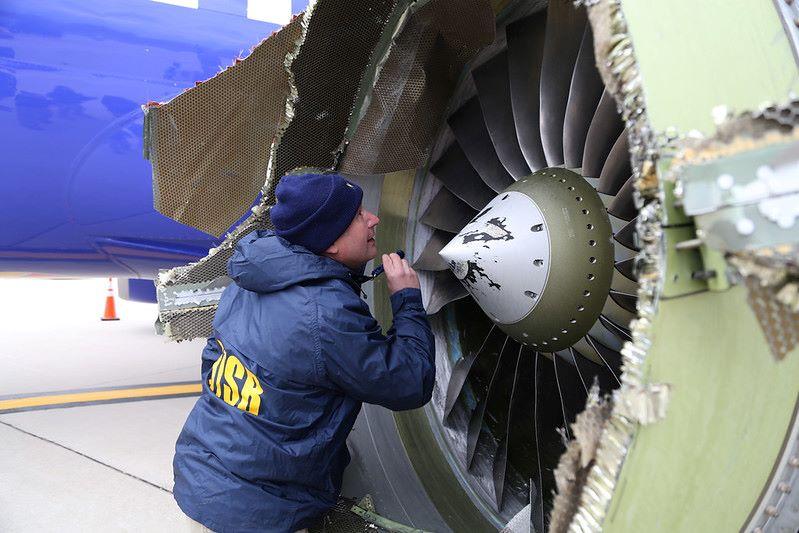
Credit: NTSB
The FAA has signed off on Boeing’s proposed 737 Next Generation nacelle retrofit program, setting an August 2028 deadline for operators to complete the modifications, and giving the company until the end of 2029 to deliver maintenance error mitigation plans linked to the new designs. Under Boeing’s...
Subscription Required
This content requires a subscription to one of the Aviation Week Intelligence Network (AWIN) bundles.
Schedule a demo today to find out how you can access this content and similar content related to your area of the global aviation industry.
Already an AWIN subscriber? Login
Did you know? Aviation Week has won top honors multiple times in the Jesse H. Neal National Business Journalism Awards, the business-to-business media equivalent of the Pulitzer Prizes.





